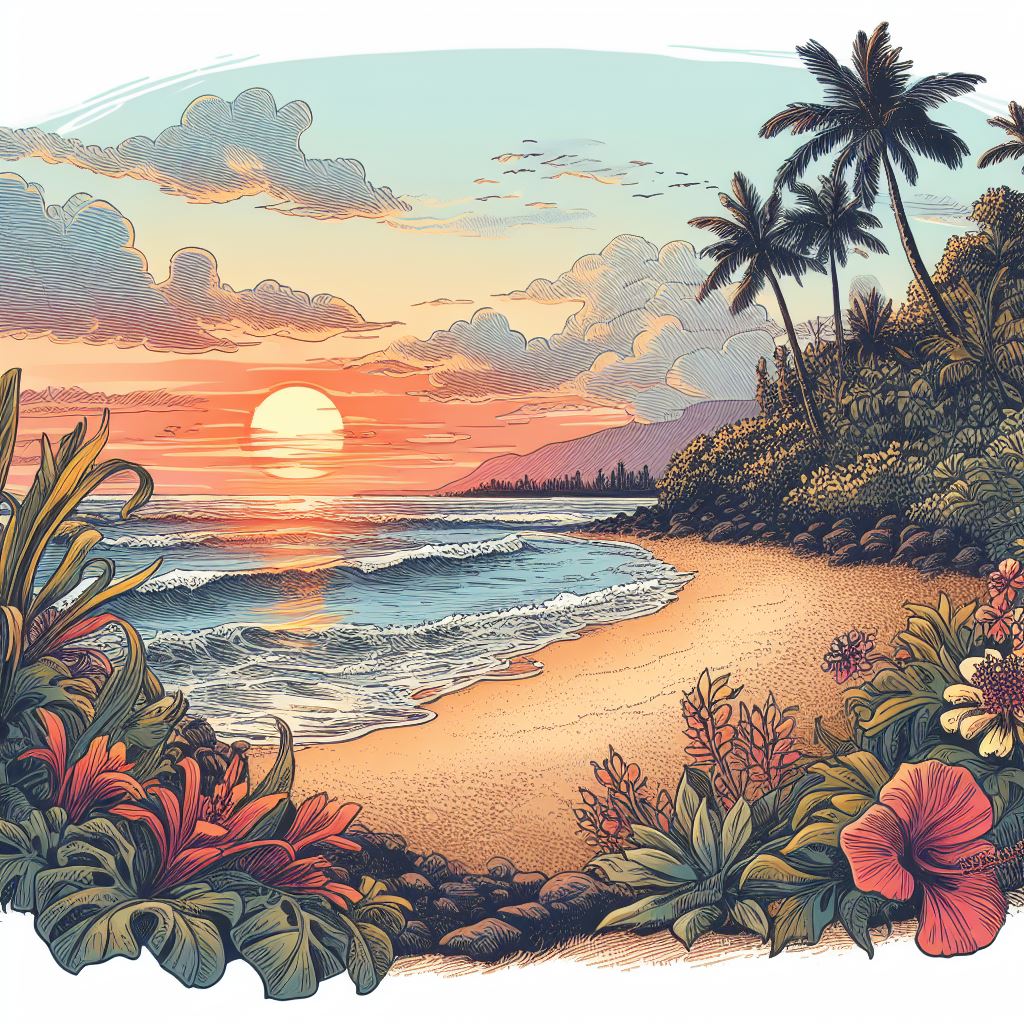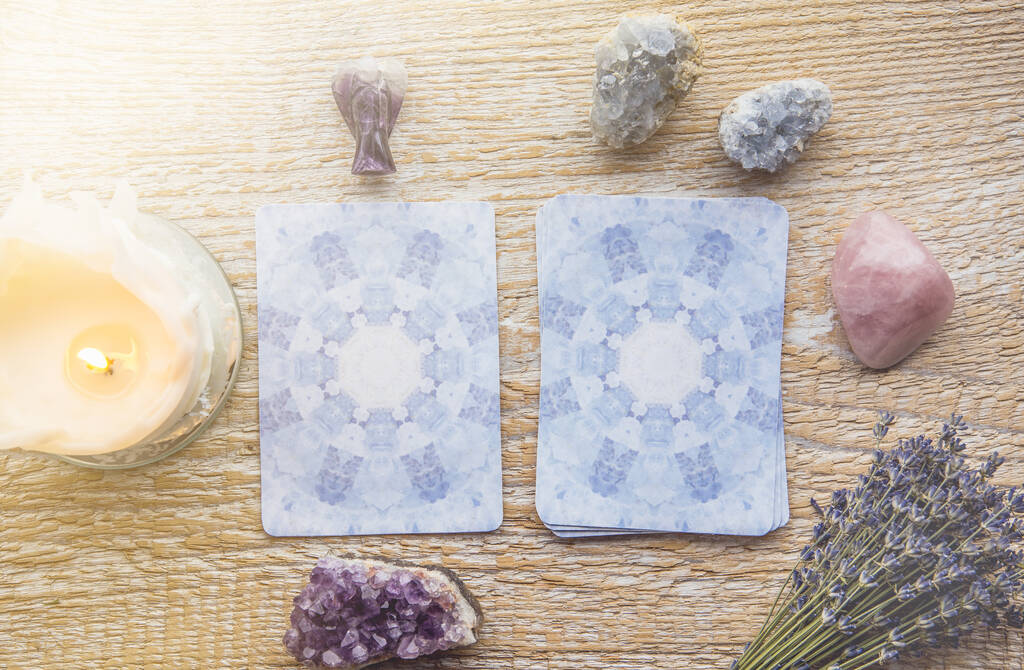Appreciating the good in life isn’t just a feel-good mantra; it’s a powerful tool for enhancing our wellbeing. In a world where negativity can often dominate the narrative, learning to notice and value the positive aspects of our daily lives is not just refreshing but essential.
This article aims to delve into the art of recognizing and cherishing the good around us. It’s about shifting our focus from what’s going wrong to what’s going right, and in doing so, transforming our overall outlook on life.
Understanding Positivity
Positivity is more than just a fleeting emotion; it’s a mindset that influences our perception of the world. It’s important to distinguish between forced positivity, which can be insincere and unhelpful, and genuine appreciation for the good things in life.
Genuine positivity involves a conscious decision to acknowledge and focus on the positive aspects, even in challenging situations.
This mindset doesn’t ignore life’s difficulties but chooses to not let them overshadow the good. Understanding this distinction is crucial in cultivating a truly positive outlook.
The Science of Gratitude
Gratitude, a key component of positivity, is not just a moral virtue but a psychological tool with profound effects on our mental health.
Research in the field of positive psychology has consistently shown that practicing gratitude can lead to increased levels of happiness and reduced symptoms of depression. This is partly because gratitude helps rewire our brains to notice more positive aspects of our lives, countering our natural tendency to focus on the negative.
By consciously recognizing and appreciating what we have, we can gradually shift our baseline level of happiness upwards.
Mindfulness and Awareness
Mindfulness is the practice of being fully present and engaged with the current moment, without judgment or distraction. It’s a powerful tool for appreciating the good around us, as it helps us become more aware of our surroundings and our inner experiences.
By cultivating mindfulness, we learn to notice the beauty in small moments and appreciate the richness of our everyday experiences. This heightened awareness can profoundly change how we perceive and interact with the world, allowing us to find joy in the simplest of things.

Simple Pleasures and Everyday Joy
Life is filled with simple pleasures and moments of everyday joy, but often, we overlook them. The warmth of the sun on our skin, the taste of a favorite meal, the comfort of a loved one’s presence – these are all sources of happiness that we can easily take for granted.
Learning to notice and savor these moments is crucial for cultivating a sense of joy and contentment in our lives. It’s about finding wonder in the ordinary and recognizing that sometimes, the simplest experiences can be the most fulfilling.
Overcoming Negativity Bias
Humans are wired with a negativity bias, a natural tendency to pay more attention to negative experiences than positive ones. While this served as a survival mechanism in our evolutionary past, in modern times, it can lead to a skewed perception of reality, where the bad seems to outweigh the good.
To counter this bias, we need to consciously practice focusing on positive aspects and experiences. This doesn’t mean ignoring the negative, but rather not allowing it to dominate our perspective.
Building a Positive Environment
Creating a positive environment is crucial for nurturing a sense of wellbeing. This involves not only our physical spaces but also our social interactions. A clutter-free, organized, and aesthetically pleasing space can significantly boost our mood and productivity.
Similarly, surrounding ourselves with supportive and positive people can greatly influence our ability to see the good in life.
Practical Exercises for Appreciating Goodness
To actively cultivate positivity, practical exercises are invaluable. These can include gratitude journaling, where you regularly write down things you’re thankful for, practicing positive affirmations to reinforce a positive self-view, and engaging in reflective practices to appreciate daily wins.
Consistency in these exercises is key; the more regularly you practice them, the more natural they become.
In conclusion, noticing and appreciating the good in life is more than just a practice; it’s a lifestyle change that can lead to significant improvements in overall happiness and wellbeing.
This article has explored various aspects of positivity, from the science of gratitude to practical exercises for fostering a positive environment. The journey towards a more positive outlook may have its challenges, but the rewards are plentiful.
Start small, be consistent, and watch as the world around you transforms.
















